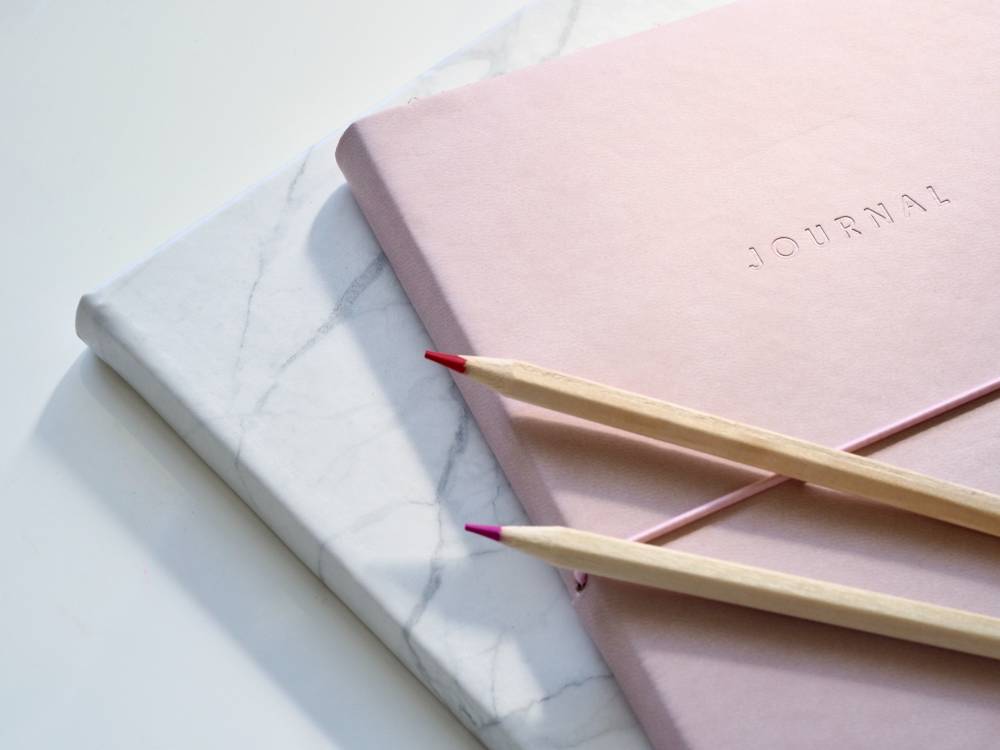What are Reading Response Journals?
Reading Response Journals are books in which students write, draw, detail, describe, explore, organize, ponder, problem solve, record and share their thinking in response to texts heard, read and viewed.
During reading, the author's meaning connects or transacts with the readers.
Rosenblatt refers to two stances we take:
- Information gathering: Our attention is directed in specific ways and our goal is to increase our knowledge
- Live through the book: aesthetic stance. We enjoy the language, the places vividly described, share the feelings of the characters, experience suspense, visualise ourselves as part of the story. Our attention is directed toward the more personal aspects of the text: the associations, the feelings, the emotions, the ideas aroused in our heads
Reading Response Journals allow for personal and vibrant responses to texts read aloud and texts read independently.
Most times, reponses are made to texts read aloud, as students learn to 'remember to hold onto their thinking'. (Zimmermann, 1997) These texts are the kinds of texts where deep thinking can be practised. You will want to continue having your students respond to Read Alouds throughout the year, as well as allowing them to respond to their independent reading as they are ready.
What is the purpose of a Reading Response Journal?
When your students use a Reading Response Journal you provide them with a thoughtful place where:
- The thinking that good readers do can be guided and explored
- Comprehension and understanding have high value and purpose
- Deep thinking can be practised and recorded
- Explorations of the world, themselves and others can come to life
- Ideas, thoughts and wonderings can be presented in unique and creative ways
- Their growth as a reader can be demonstrated, chronicled, captured and celebrated.
“Our reflections are the making of deeper meaning and richer understandings. Our reflections are our dreams, our ideas, our questions, our initiatives, our visions – our journeys of lifelong learning and teaching.” (Schwartz & Bone, 1995)
Setting up Reading Response Journals
You will want your students to understand that their Reading Response Journal is a way for them to enjoy the responsibility of demonstrating their thinking about texts in new and exciting ways.
- You can choose any kind of book for your students to use as a Reading Journal. It all comes down to your personal preference. You could use: A5 notebooks, spiral bound notebooks, scrapbooks, lined exercise books, etc.
- Have students begin by personalising their Reading Response Journal to help you find out all about each child as a reader; creating a title page, creating pages of favourite books, telling all about themselves as a reader, taking a Reader's Survey.
- You might integrate artistic techniques and handwriting and lettering opportunities that enable your students to practise a variety of presentation skills.
- Many teachers create a large version Reading Response Journal and make entries during modeling sessions and mini-lessons. Having a class Reading Response Journal enables you to model the thinking and recording processes that you expect for high quality, thoughtful responses. Modeling the thinking, providing opportunities to talk about their responses and recording are critical and necessary ways to enable your students to be the best thinkers they can be.
- How you set these up will determine the manner in which your students engage with their journal. Making the journal part of the weekly routine will reap great rewards.
Prompting readers to think like good readers
Prompts guide thinking and should open the way to exploring possibilities.
Prompts for Reading Response Journals make powerful scaffolds for readers as they learn to use the thinking that good readers use.
Typically, good prompts are open ended in nature, meaning that the thinker is not searching for one correct answer. Rather, they allow the thinker to explore new territories and through this exploration reach a personal understanding that they record in their journal.
Prompts open the way for readers to:
- Think personally in deep and meaningful ways
- Explore texts in ways they have not considered before
- Enter new territories and create new understandings
- Guide the reader to be actively curious; to explore, search, wonder and question\
- Capture their best thinking and understanding
- Stretch their thinking beyond what they already know
- Grow in their thinking, comprehension, and enjoyment of texts
- Consistently practise strategies that move them towards and beyond identified year level expectations.
Using good prompts means you can expect great thinking.
What is a Response?
- A thoughtful, critical reflection on text as it is being read
- Reading from a unique perspective of their own experience, drawing from personal, world and literary funds of knowledge
- Different readers approach and read the same book differently
- What this text means to/for me.
- A window into the thinking of the reader as they read.
The goal of the Reading Response Journal is to enable readers to share their unique, personal meanings. Good readers actively respond as they read: thinking, feeling, questioning, throughout the text. It includes their feelings, their emotions, their memories and the connections they make to their own experiences and understandings.
Sharon
References:
Reading Response Journals: Getting to the Heart of Reading, Callen, Sharon
Teachific Resources:

